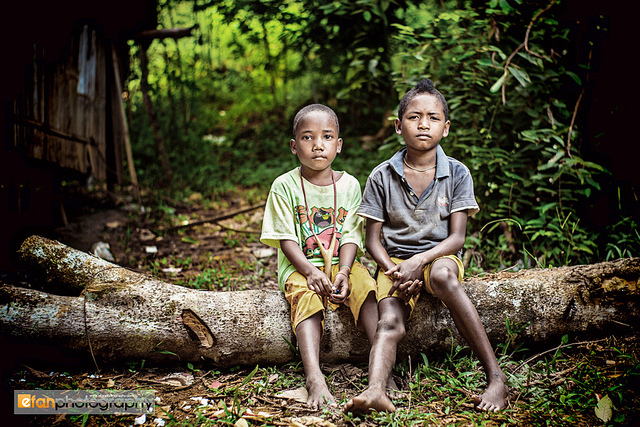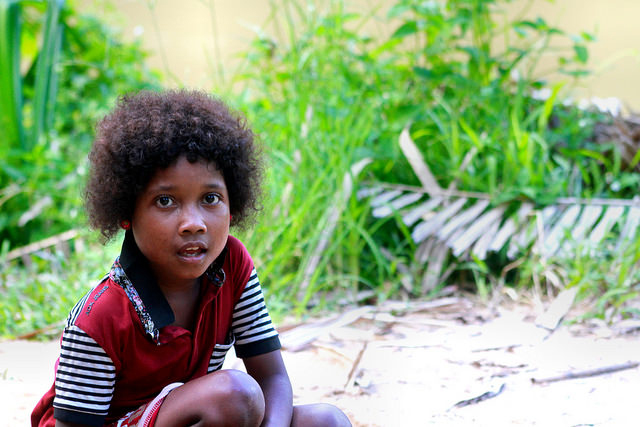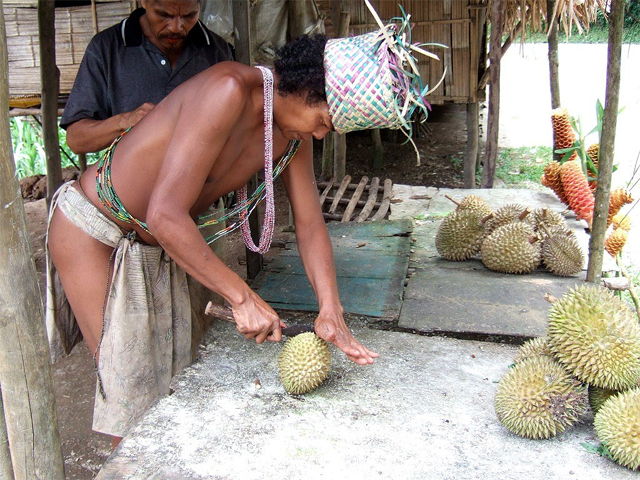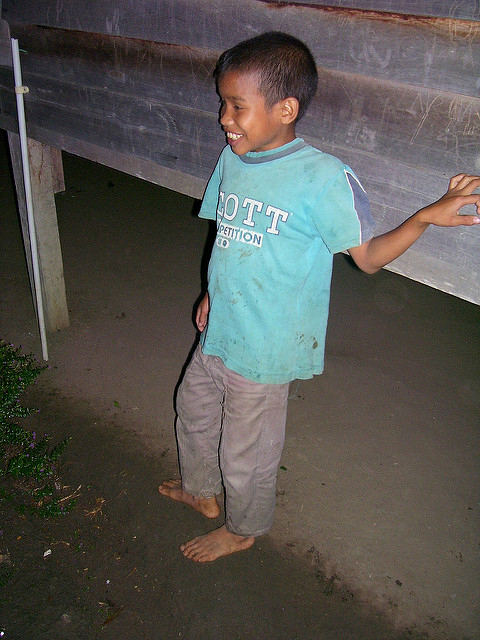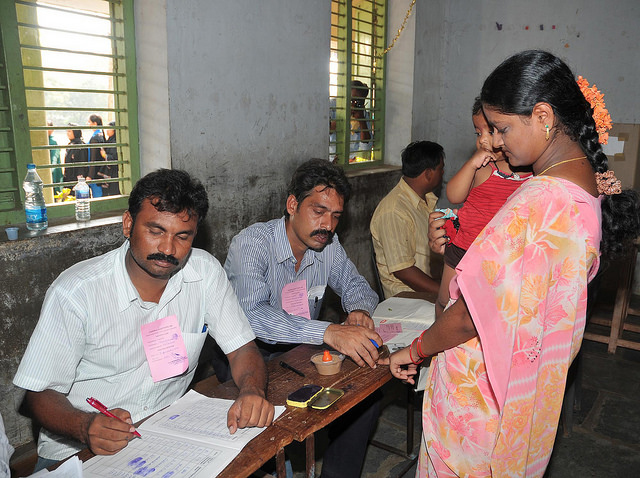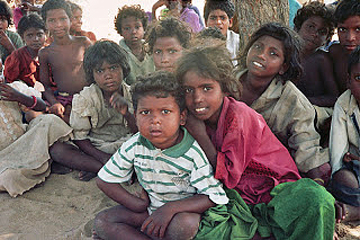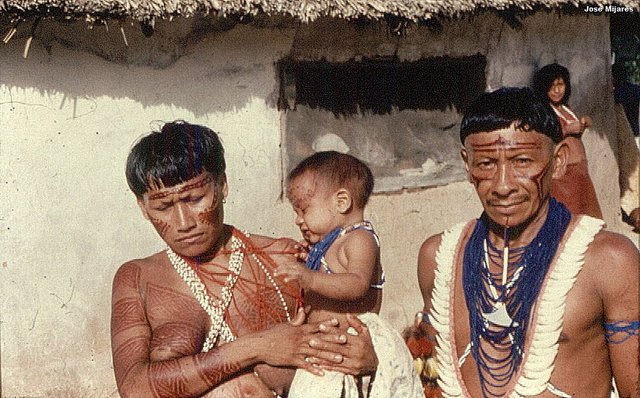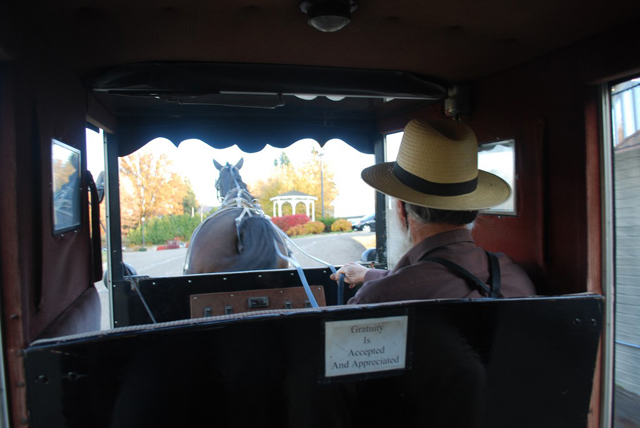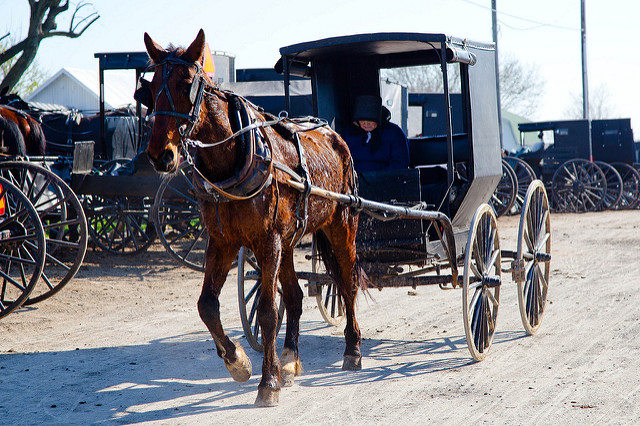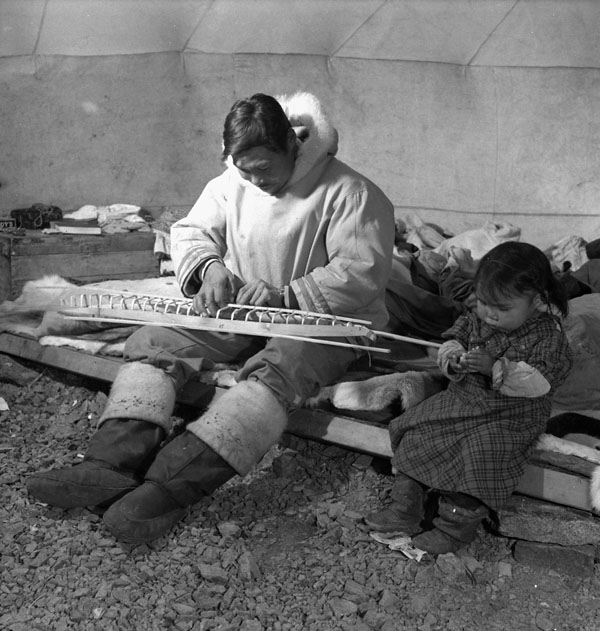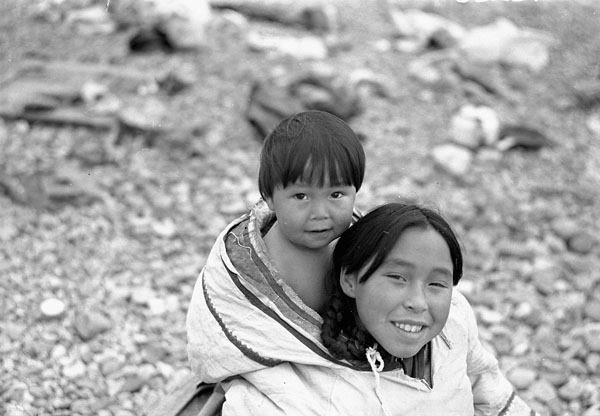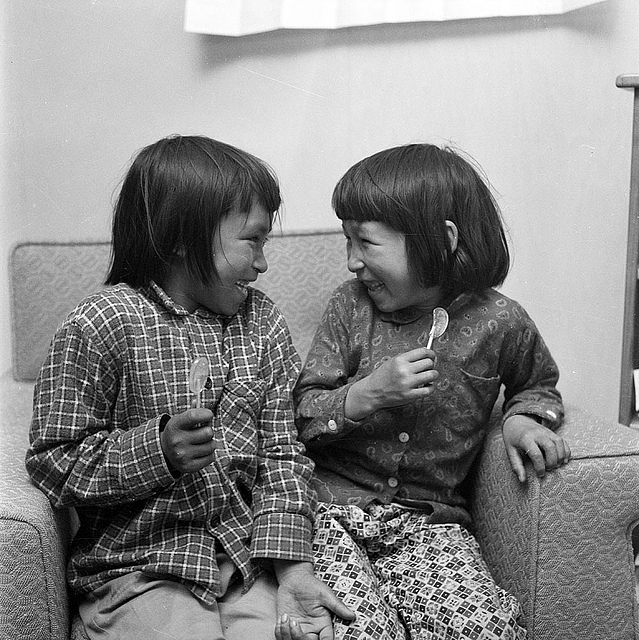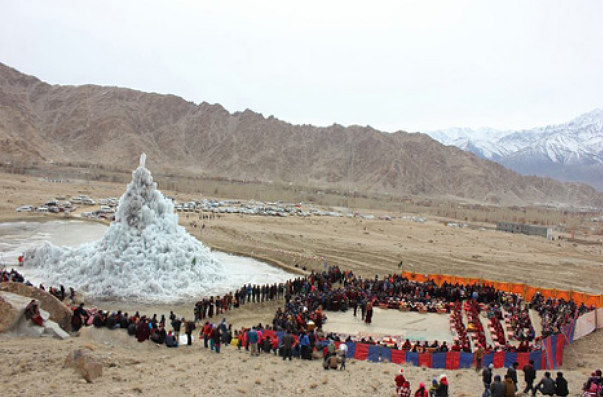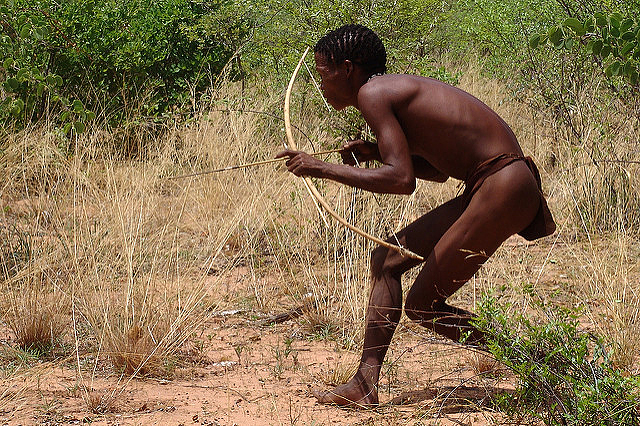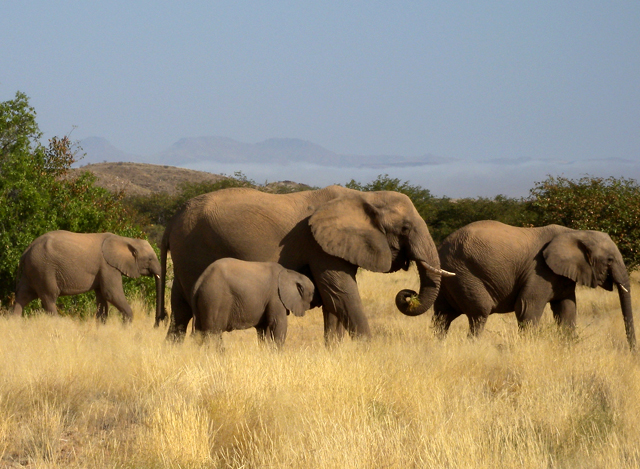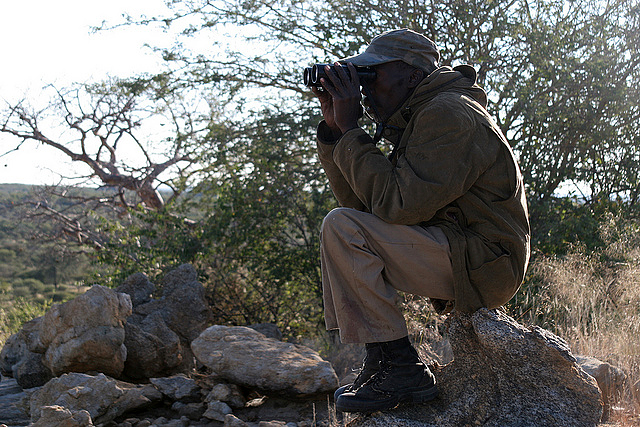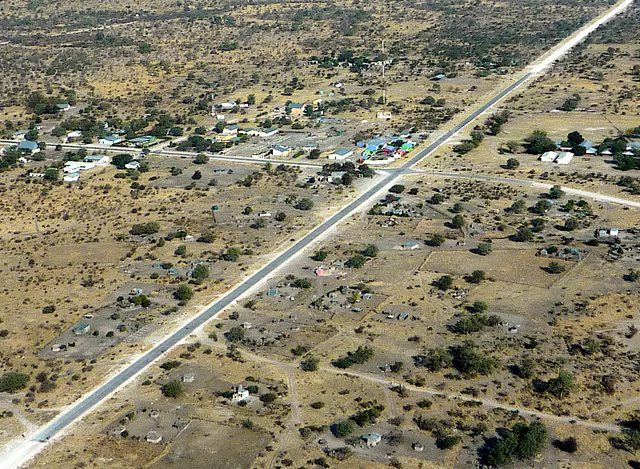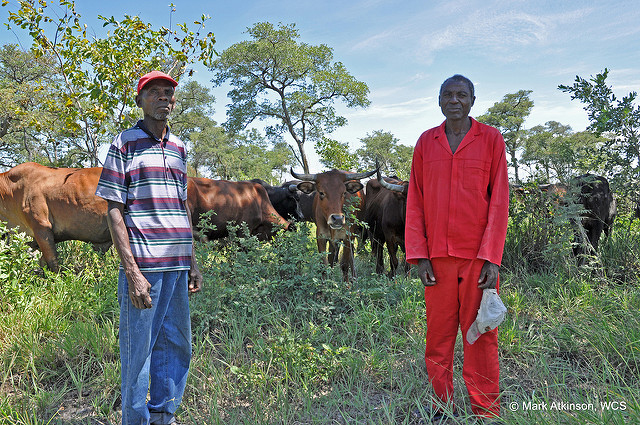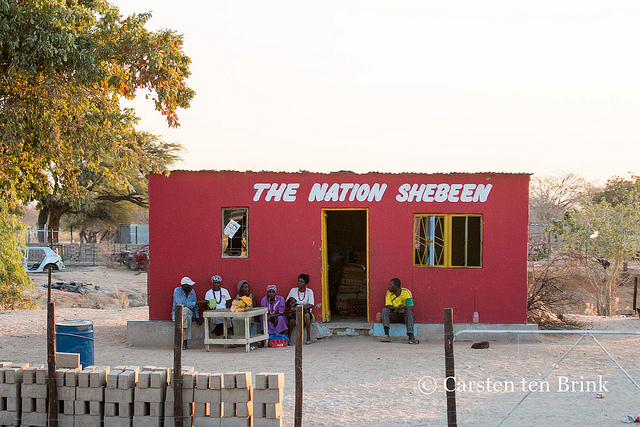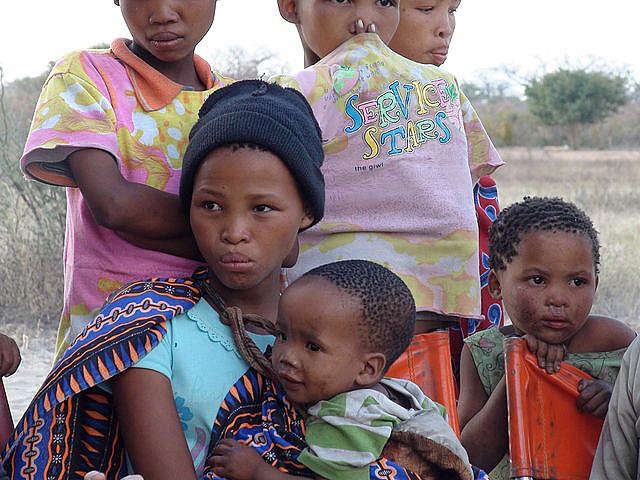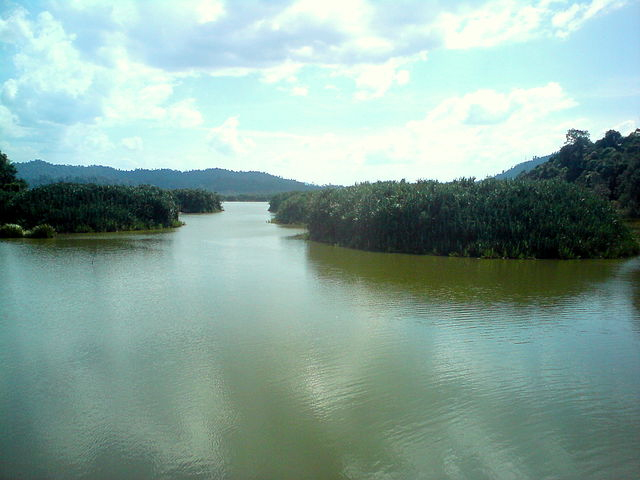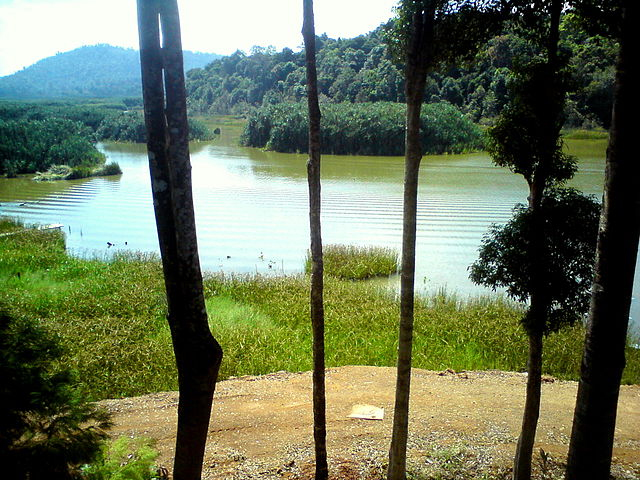In traditional Nubian culture, an important aspect of wedding celebrations was the singing and dancing performed as part of the lengthy ceremonies. Those traditions have been fading, however, as the ways of Old Nubia—before the closing of the Aswan High Dam—increasingly become a remote memory. But at least one group of Nubian performers in Cairo is trying to keep the traditional music alive. An article in a Middle East news source on March 17 celebrated the performers and their cause.

Farah El-Masry is the lead in the group called Aragide, which translated from the Nubian means “joy.” According to the journalist, it is one of the few remaining groups of musicians who are trying to keep alive the traditional dancing and singing that used to characterize Nubian community life. The group uses only their voices and a duff, a large hand-held drum, to make music for dancing.
El-Masry tells the journalist that his real name is Mohamed but the people in his Nubian village nicknamed him “Farah,” which also means “joy” because even as a child he enjoyed singing so much. He told the reporter, “I was singing all the time in all of our occasions.” He explains that his group sings songs from their Nubian heritage but they sing others that are more contemporary. Their aragide tradition suggests that they should sing accompanied only by the duff and not include any other instruments.
The group normally performs without using microphones or sound systems to add to the sense of authenticity. Non-Nubians are quoted as appreciating the performances. A 29-year-old British woman expresses the opinion that her heart starts dancing during the shows. A 50-year old school teacher tells the reporter that he finds the music to be “inspiring and joyful.” Aragide has performed in Europe and the Gulf countries as well as in Egypt.
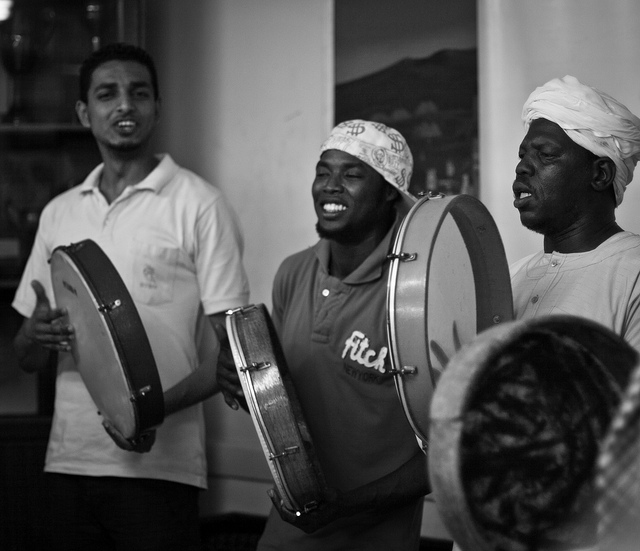
El-Masry says that the younger generations of Nubians—people younger than 60—don’t know the traditional songs and few even know the spoken languages. His son, being raised in Cairo, hears his native tongue spoken at home but nowhere else. As to the songs, they aren’t written down: they are transferred orally.
He complains that officials of the Egyptian government ignore Nubian music, arts and culture, which have become marginalized. State officials assign projects that involve Nubian arts and culture to non-Nubian Egyptians who don’t really understand them. When satellite broadcasts focus on Upper Egypt, the former Nubian heartland, they rarely include Nubian singers in the shows.
The news story quotes an authority on Nubian heritage, Dr. Mostafa Abdel-Kader, who defines “aragide” as the culture of dancing by Nubians during festivals such as weddings. The music inspires feelings of unity within its dancing audiences, who applaud continuously during the performances. The mood at a performance by the group is also enhanced by the deep, powerful voice of El-Masry as he sways with the rhythms of the songs and taps on his duff.
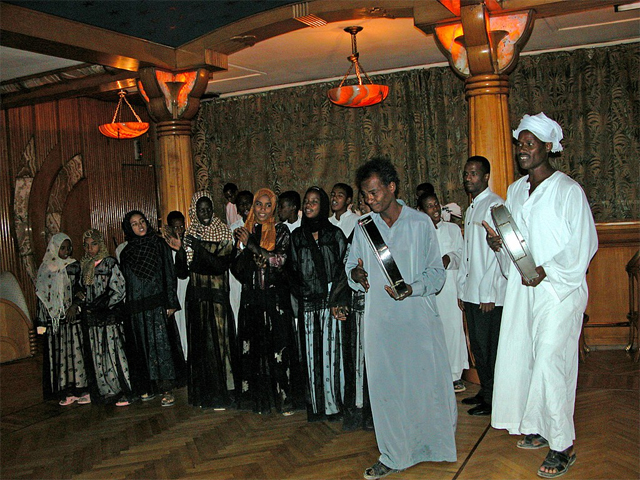
Dr. Abdel-Kader adds that “the Nubian music is known for its African tempo which usually urges whoever listens to it to dance.” The use of the heavy drum, repetitive chants, and the fast pace of the music create a festive and exciting mood. Audiences usually participate in the dancing that the music inspires. El-Masry sums up the experience of the group performances by saying that their songs capture the essence of compassion and love, the Nile River and the harvest season. Singing and dancing express their self-image as Nubians. “Aragide is a way of life rather than just an art. Our whole life as Nubians is Aragide,” he says.
A 1978 article by Samina al-Katsha provided some excellent background about the aragide music, though the scholar spelled it “aragid” rather than “aragide.” Al-Katsha defined two different styles of aragid music. The first was the ollin aragid or the “clapping dance.” It was one of the traditional dances performed at Nubian weddings. A limited number of people could participate so the dances tended to be brief—10 to 15 minutes or so.
Another, much longer, wedding dance was called the firry aragid. In this dance, the men and musicians formed a long line facing the women who would be dancing in another long line. In the space between the two lines, elderly women from both families involved in the wedding would dance, but they would do so at a faster tempo than in the clapping dance.
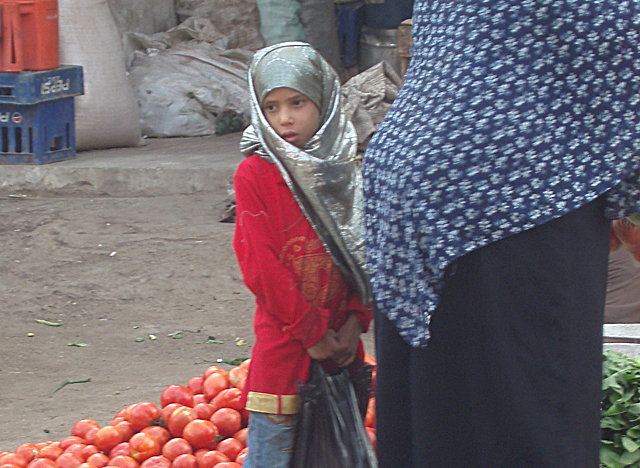
In Kanuba, a resettlement community for Nubians that is part of the market town of Daraw, located about 40 kilometers north of Aswan, the singing and dancing associated with wedding ceremonies still went on when the author visited but they had become changed by 1978. The singing and dancing associated with a wedding still continued until early morning when the groom led a procession with his friends to the bride’s quarters. The procession stopped to perform in front of a few homes but not nearly so many as they would have in Old Nubia. The procession did not stop at the tombs of saints as it would have earlier. The author characterized it as “a much sped-up version of the traditional form [that] does not take more than an hour or two at most to reach its destination [p.192].”
The author emphasized that Nubian wedding singing and dancing by that time was already much changed from how it had been done earlier in Old Nubia. Praise songs for the bride’s and the groom’s families had been replaced by contemporary Arabic songs. Al-Katsha noted that the songs sung by groups were still being sung in Nubian but the themes of the songs were more contemporary—praise songs for the loved one, for instance.
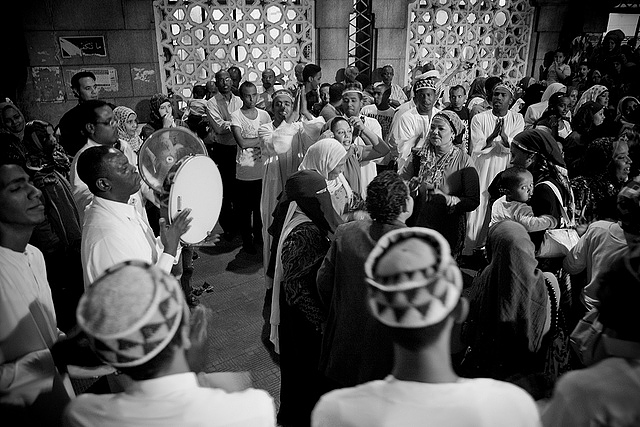
Also, more Arabic words, as of 1978, were being included in the songs, which also focused on contemporary topics such as the construction of the High Dam, the resettlement, and perhaps even comments about Egyptian national leaders. Older and younger Nubians at the time in Kanuba differed in their opinions about the value of the new songs, the younger ones appreciating the new, the older people making excuses for the disappearance of the traditional songs.
“Some of the more conservative people felt it would be better to omit songs completely rather than institute such innovations,” the scholar wrote [p.194]. However, the traditional dances, the ollin aragid and the firry aragid, were being abandoned since by then the steps had become unfamiliar. People made only clumsy attempts to dance them. At weddings, the Nubians preferred group dances that had faster tempos and that focused attention on young, marriageable women.
While El-Masry’s commitment to keeping the musical and cultural traditions of the Nubians alive is commendable, it appears from al-Katsha’s work as if they have been changing in the past as well as in recent years.
